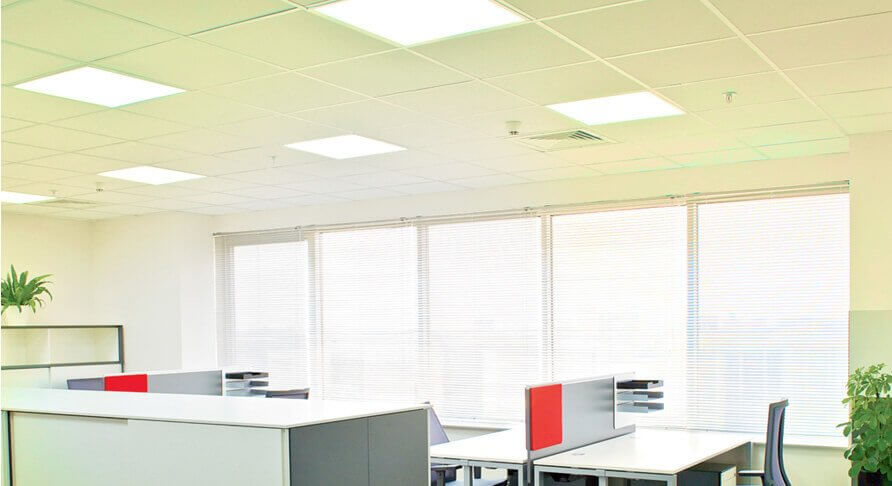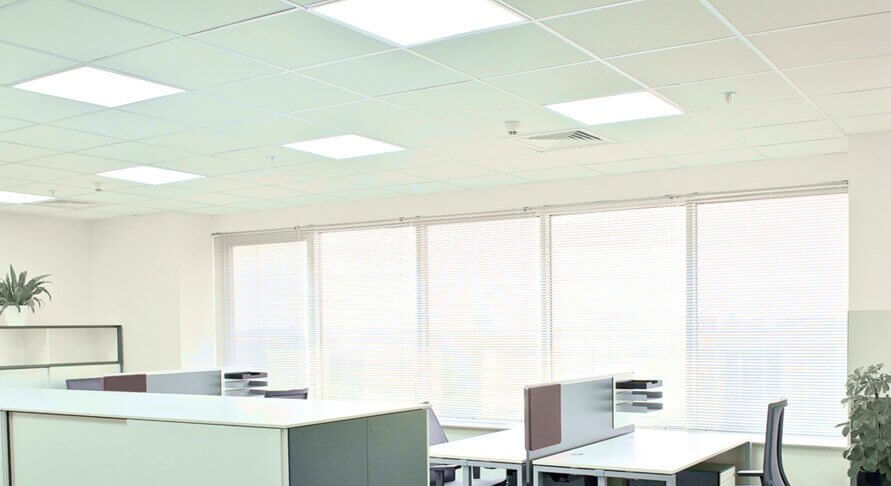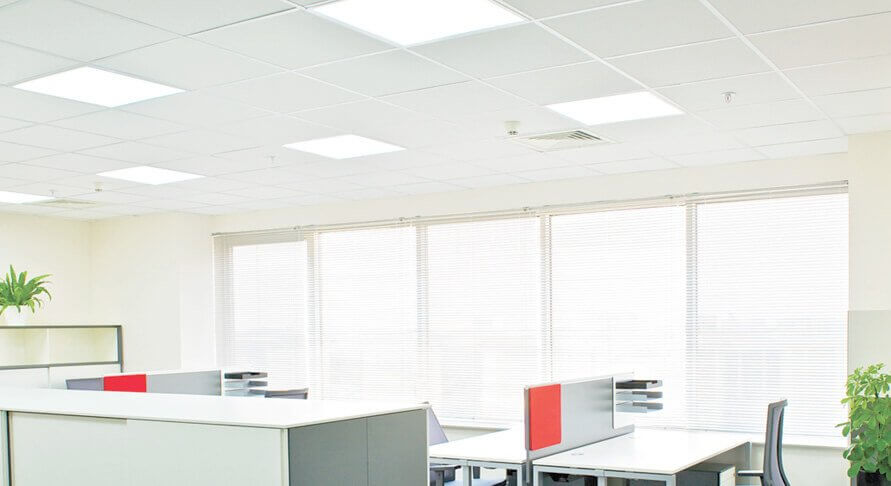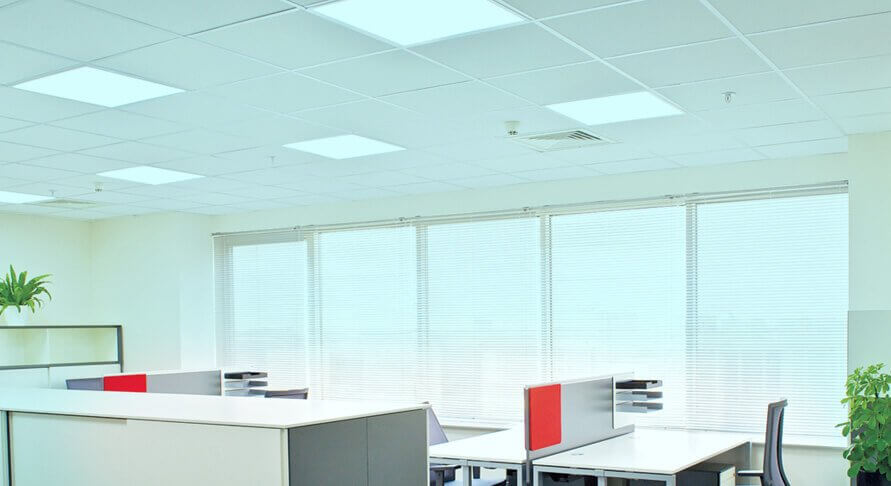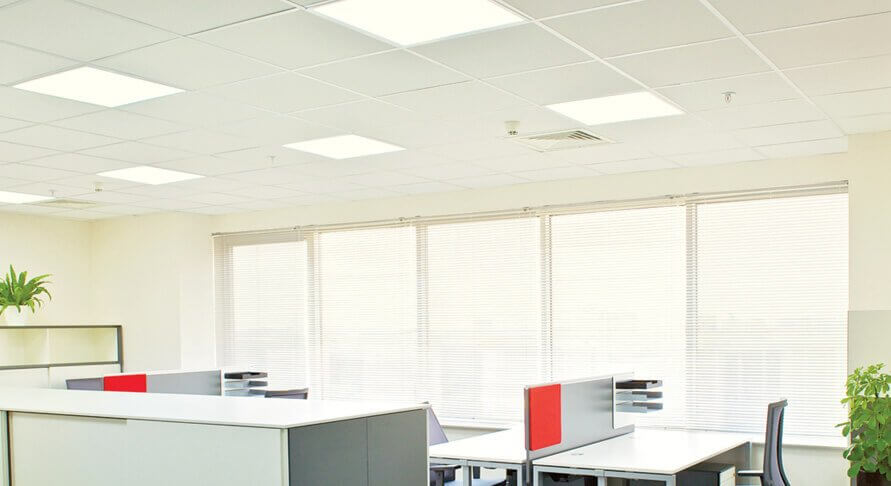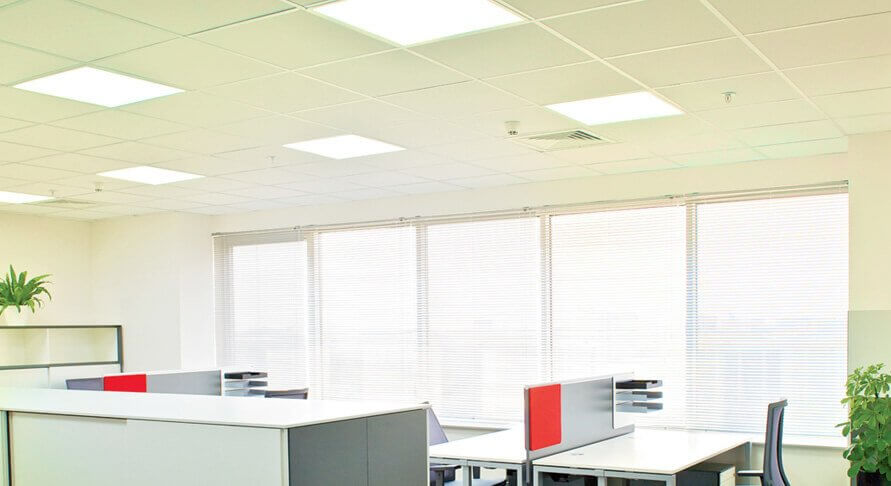

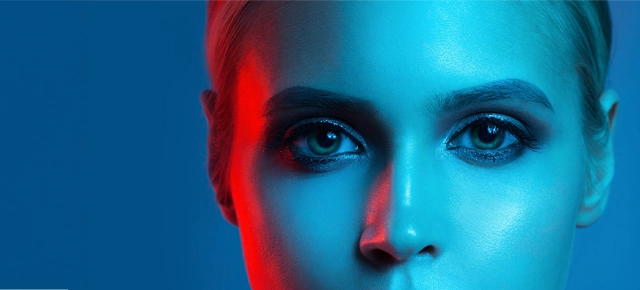
Light is recognized as a vital nutrient for the human body, akin to food and water. It serves as the most powerful zeitgeber—literally meaning 'time-giver'—that regulates the mammalian circadian system.
As work has evolved, many of us now spend most of our waking hours indoors. There’s a growing need for adaptable and empowering workspaces, and good lighting is important for keeping our bodies in sync with the natural light cycle.
Human-centric lighting is designed to enhance well-being, mood, and health. It can boost concentration, safety, and productivity in workplaces and educational settings.

Uplifting mood and maximizing energy levels

Improves concentration & energy levels leading to increased motivation

Right light distribution offering clearness of vision
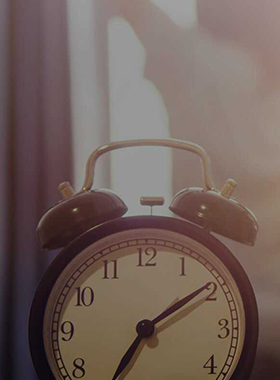
High-performance lighting supporting the human biological clock

Right light levels enhancing the designed environment experience
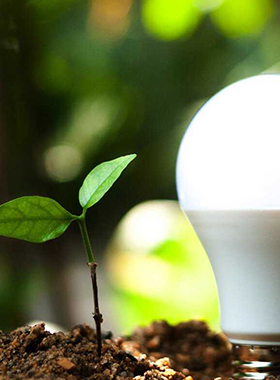
Intelligent lighting solutions leading to a better environment
Light is perceived in the retina through three types of photoreceptors: cones, rods, and the recently discovered intrinsically photosensitive retinal ganglion cells (ipRGCs). These cells send signals to the master circadian pacemaker in the suprachiasmatic nuclei (SCN) of the hypothalamus. The neuronal and hormonal activities generated by the SCN help regulate the circadian rhythm, creating a strong link between light and our mind and body.
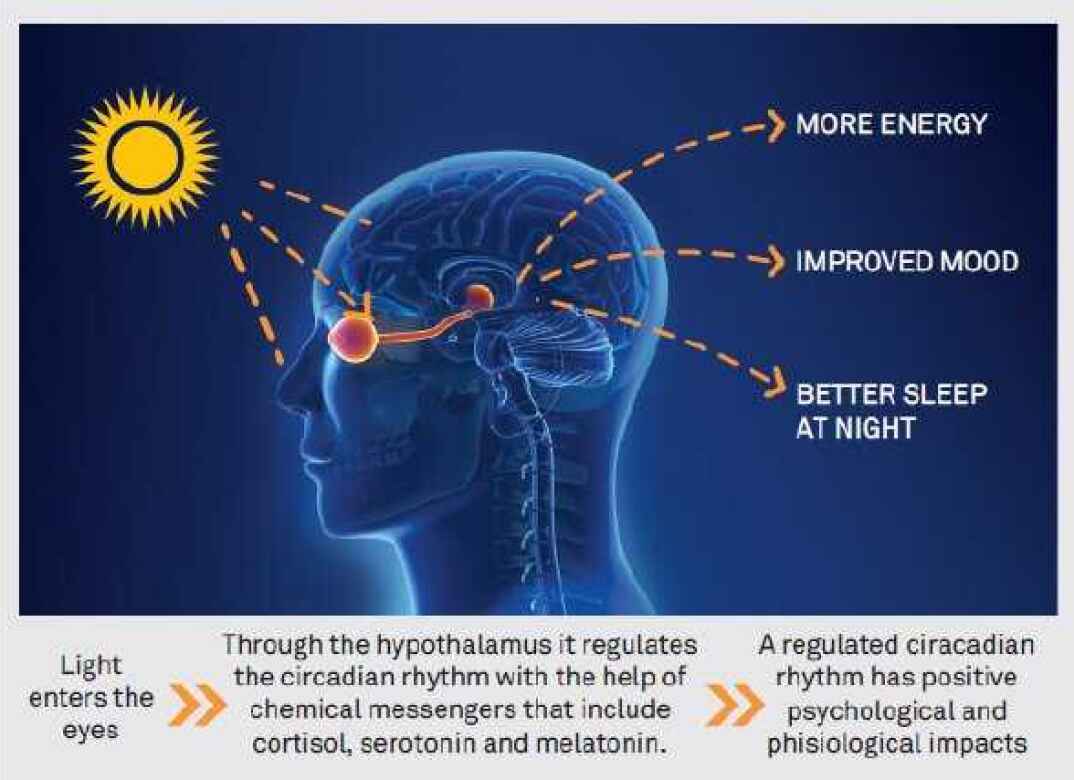

Low light levels and low Correlated Colour Temperatures (CCT) in the morning

Low light levels and low Correlated Colour Temperatures (CCT) in the morning

High light levels and high CCTs at midday

Low light levels and low CCTs during the evening

Extremely low light levels and a low CCT at night
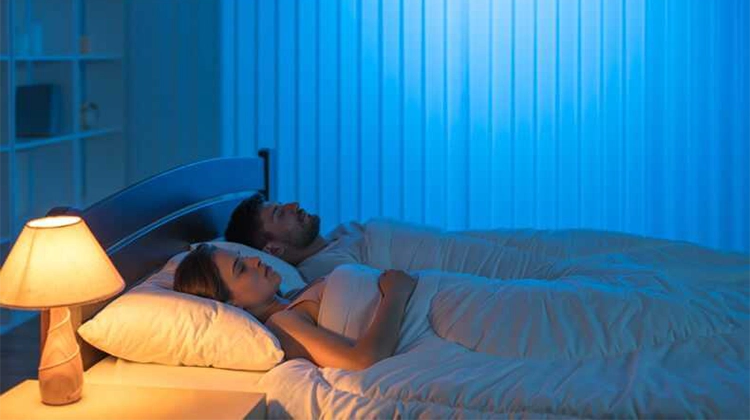
Provides for an energetic and fresh start to days work
Alertness Still High
Best Coordination
Fastest Reaction Time
Greatest Cardiovascular Efficiency and Muscle Strength
Highest Blood Pressure
Highest Body Temperature
Melatonin Secretion Starts
Start Feeling Sleepy
Resting Phase
Highest Alertness
Melatonin Secretion Stops
Sharpest Blood Pressure Rise
Body Temperature Rises
Lowest Body Temperature
Deepest Sleep and Restoration of the Body
During the day, bright light with high colour temperatures can help kickstart your morning by reducing melatonin levels and boosting cortisol production. The "post-lunch dip," a period of decreased alertness that happens between 1 p.m. and 4 p.m., can be countered by using higher color temperatures and increased light levels to enhance alertness in the afternoon. As the workday winds down, transitioning to warm, comfortable lighting can promote melatonin production and set the stage for a restful night’s sleep.
People who regularly work night shifts are often at odds with their biological clocks and rhythms. Bright light at night can boost alertness and improve work efficiency. However, extended exposure to bluish-white light may significantly disrupt sleep cycles, leading to stress, fatigue, and other health problems. To address this, workspaces need to provide the right lighting conditions to support effective work while also promoting healthy sleep patterns. High colour temperatures (bluish light) and increased light levels are recommended at the start of the evening shift. Transitioning to lower light levels and warmer colour temperatures at the end of the night shift can help create a comfortable state of mind, making it easier to relax and sleep well.

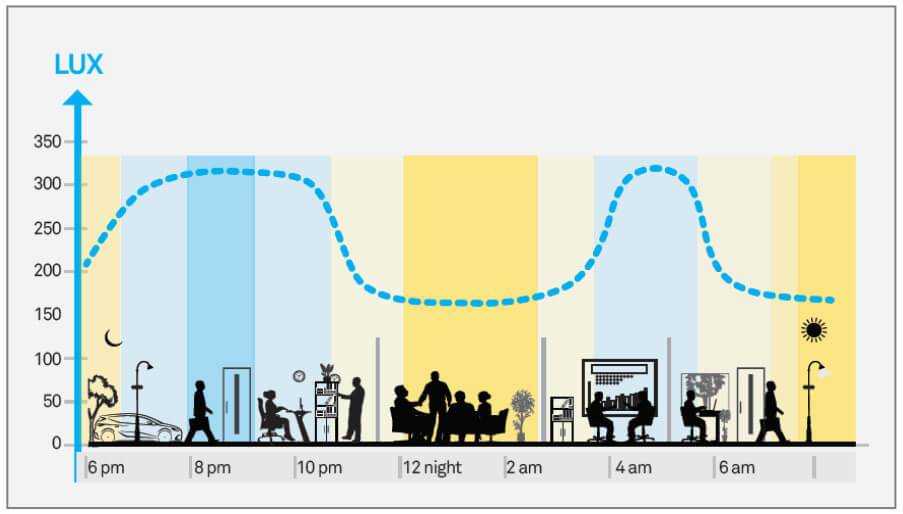
Moreover, it enhances mood and bodily functions, positively affecting depression and anxiety while aiding in recovery. Using it in workplaces where people spend most of their daytime brings multiple benefits.
